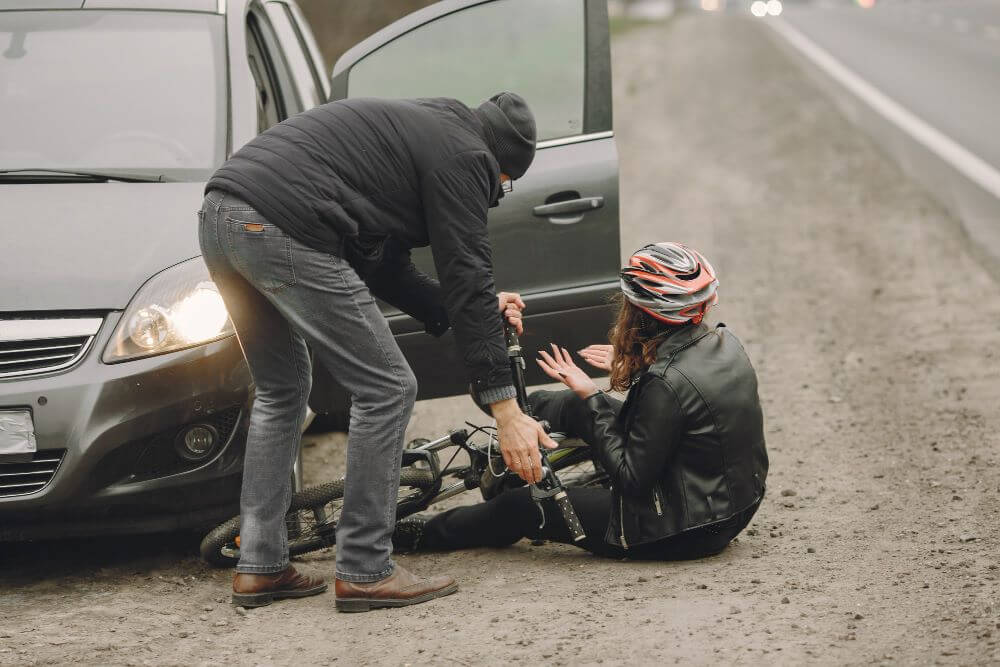Your hands are shaking. Your heart’s pounding. You just got into an accident and your mind is racing. What now? The next few minutes matter more than you think.
I’ve been there. That moment when everything feels like chaos and you can’t think straight. But what you do right after an accident can make or break your case later on.
Insurance companies know this. They’re counting on you to mess up, forget things, say the wrong thing. Keep reading to know the things you must do immediately after an accident.
Check for Injuries First
Your safety comes before anything else. Before you worry about insurance or fault, check yourself. Can you move your neck without sharp pain? Your back? Sometimes adrenaline masks injuries, so go slow.
Check everyone in your car. Ask specific questions – “Does your neck hurt? Can you move your fingers?” Kids might not know how to express what’s wrong, so look for signs like crying, unusual quietness, or visible injuries.
If anyone’s seriously hurt, don’t move them unless there’s immediate danger. Moving someone with a spinal injury can make things worse. Minor injuries matter too. That slight neck pain might turn into serious whiplash tomorrow.
Call 911 Right Away
Always call 911 for accidents with injuries. No exceptions. Even for property damage only, you usually want a police report.
When you call, stay calm. “There’s been a two-car accident at Main and 5th Street. One person has neck pain.” They’ll ask questions – answer clearly. Police create an official record of what happened. Your personal injury attorneys will need that report for your case.
What Information to Collect
You need specific details from everyone involved:
From Other Drivers:
- Full name, phone, address
- Driver’s license number
- Insurance company and policy number
- License plate and vehicle details
From the Scene:
- Exact location and time
- Weather conditions
- Traffic signals nearby
- Witness contact information
Write everything down. Don’t trust your memory when you’re rattled.
Take Photos of Everything
Your phone camera is your best friend right now. Take way more photos than you think you need. Get multiple angles of:
- All vehicle damage
- The overall accident scene
- Skid marks on the road
- Traffic signs and signals
- Your injuries (bruises, cuts)
- Inside your car if there’s damage
Include wide shots showing the whole scene and close-ups of specific damage. These photos might be the only evidence later of how bad things really were.
Talk to Witnesses
Witnesses can save your case. People who saw what happened and have no stake in the outcome carry serious weight with insurance companies.
Approach witnesses politely. Get their name and phone number. Ask what they saw – let them talk without leading them. If they’re willing, record a quick video statement on your phone. Some witnesses leave when police arrive, so act fast.
Your Next Steps After Leaving
Once you’re home, the real work begins. See a doctor even if you feel okay – injuries can show up days later. Keep all medical records.
Contact your insurance company but stick to basic facts. Don’t admit fault or downplay your injuries. They’re recording everything.
Start a diary about your pain and how the accident affects daily life. This helps establish the real impact on your life. Every detail matters when building your case.
Wrapping Up
Accidents happen fast, but your response doesn’t have to be chaotic. Following these steps protects your health and your legal rights. Take a deep breath, work through each step, and remember – you don’t have to handle this alone. The right help makes all the difference in getting back on track.






